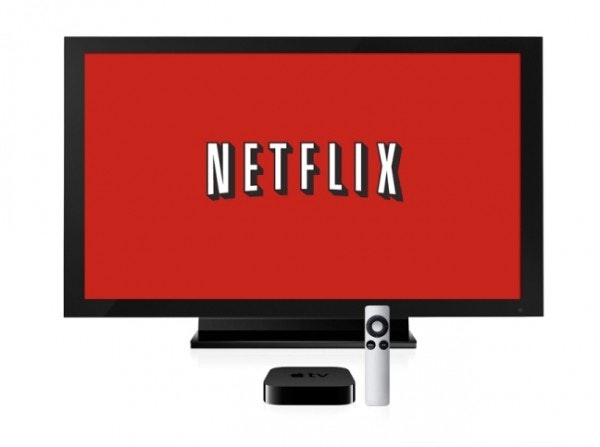Rumors are swirling about what Apple Inc. (NASDAQ:AAPL) will do with its $137 billion cash hoard. Wall Street expects the company to present a plan next month when Apple reports its second quarter earnings.
What will CEO Tim Cook do? Here’re his four options.
Do nothing
Doing nothing and holding a big cash balance has several advantages:
Rainy Day Fund: The technology landscape is constantly changing. While Apple dominates the industry today, that advantage may not last forever. The company is always one bad product away from disaster. Keeping a large cash balance would ensure the company’s future and hedge against rising research and development costs.
War Chest: Keeping a large stash allows Apple to snatch acquisition opportunities if presented.
Tax Holiday: The government could announce a tax holiday on foreign reserves. This would allow Apple Inc. (NASDAQ:AAPL) to cost effectively repatriate its cash saving shareholders billions of dollars.

Invest in the business
Apple Inc. (NASDAQ:AAPL) has a great track record of creating value for shareholders. Here’re a few ideas of where they could invest.
Supply Chain: Apple could corner the component market by making advance deals with suppliers to ensure exclusivity. The advantage of this idea is it wouldn’t require repatriating any overseas cash.
iCloud: Cloud computing is rumored to be central to Apple’s long-term strategy. The company could make several moves to improve its position in this area by buying more servers and applications.
OMG Product: The best way to reinvigorate Apple’s sagging stock price would be the release of a new game-changing product. With $100 billion, Apple could reinvent the television industry.
Return cash to shareholders
However, Apple’s R&D budget was only $3.4 billion in 2012. Given that the company is unlikely to find productive uses for another $100 billion, much of this cash should be returned to shareholders.
Buybacks: In addition to returning cash to shareholders, a buyback would not create a unwanted tax liability or force shareholders to find new investments. There’s also a case to be made that Apple is cheap. A buyback would allow shareholders to increase their stake in a undervalued business.
Dividends: Doubling the dividend payout would push the yield on Apple Inc. (NASDAQ:AAPL)’s stock to 4% making shares more attractive to interest-starved income investors. A big dividend yield would also put a floor underneath the stock price.
Special Dividend:
The Progressive Corporation (NYSE:PGR) has a unique method of returning cash to shareholders. The company pays investors a variable, annual dividend based on the success of the business. The benefit of this policy is flexibility. During good times, Progressive doesn’t have excess cash idling on its balance sheet. But when conditions change the company isn’t committed to making unaffordable payments to shareholders. This is an attractive benefit for Apple, which operates in a volatile industry.
Acquisitions
Apple should build electric cars.
Apple could become a bank.
Apple needs to create a magazine empire.
Wall Street loves to throw around ideas about who Apple Inc. (NASDAQ:AAPL) should acquire. Jim Cramer has recommended Apple buy Netflix, Inc. (NASDAQ:NFLX). Taking out Netflix would only cost $10 billion-$15 billion, a fraction of Apple’s $50 billion annual free cash flow, and allow Apple to acquire content and a valuable distribution platform.

Financial blogger Barry Ritholtz thinks Apple should grab Twitter. Such a purchase would allow Apple to instantly become a player in social networking and keep Twitter out of the hands of Facebook Inc (NASDAQ:FB), Google Inc (NASDAQ:GOOG), andMicrosoft Corporation (NASDAQ:MSFT).
